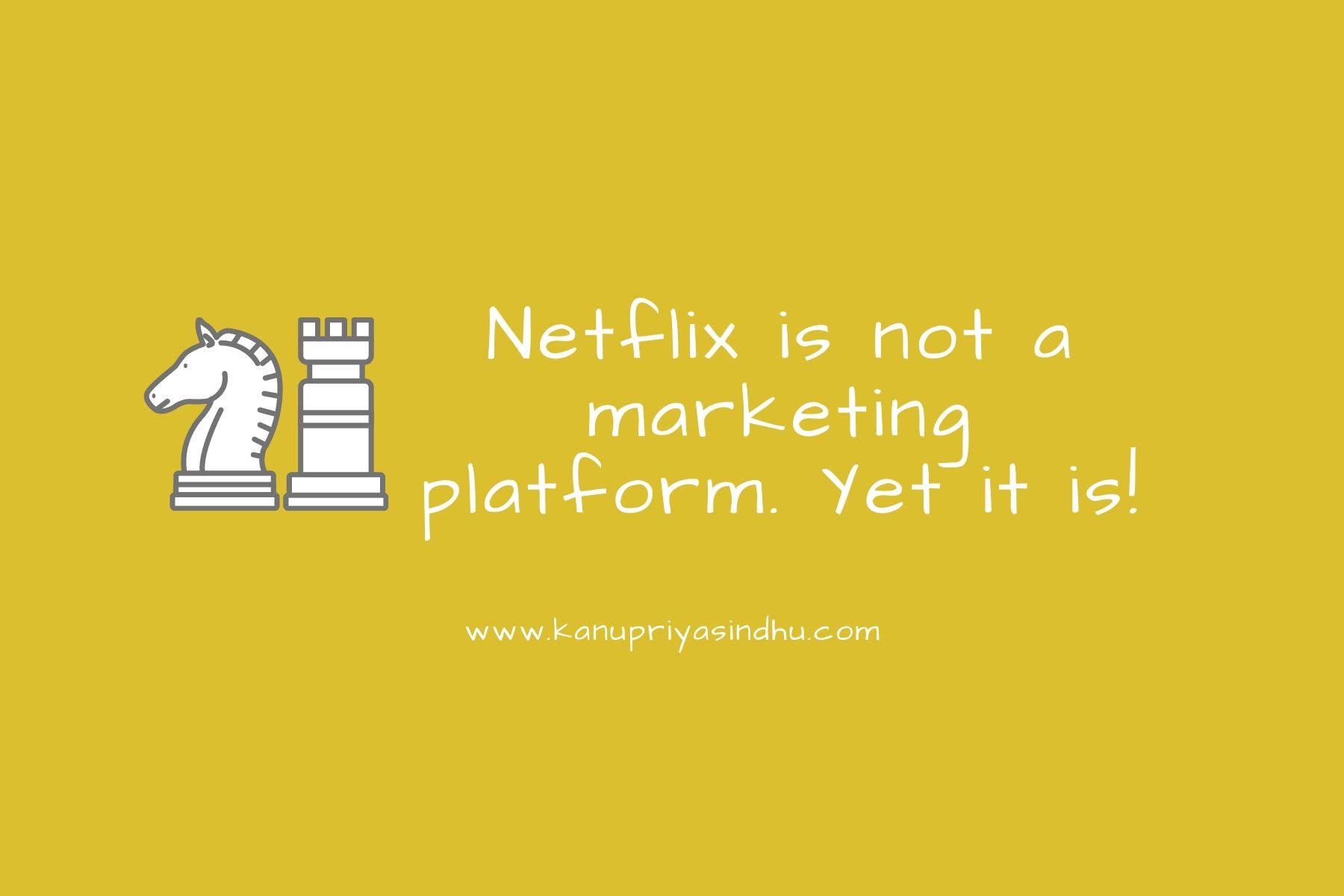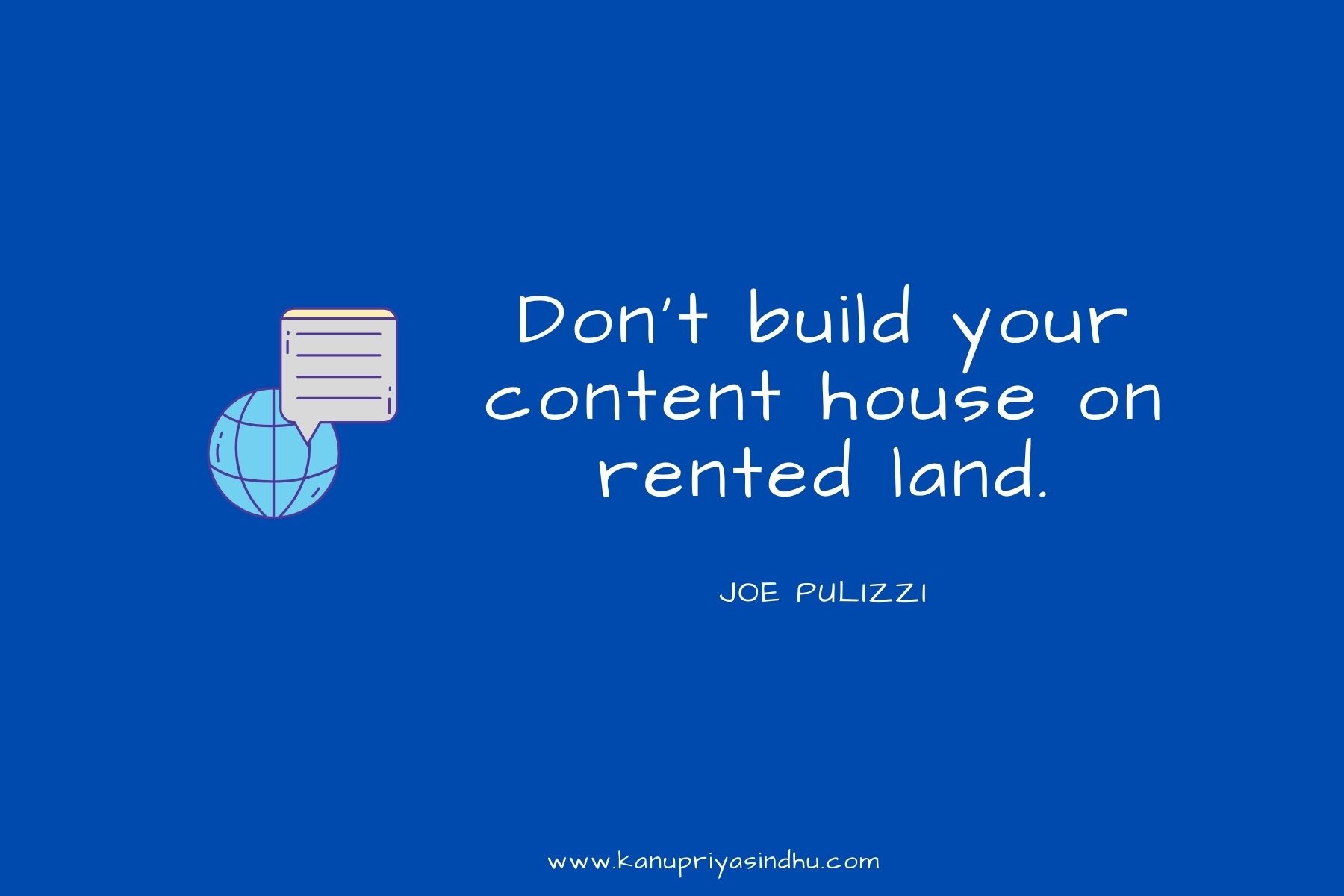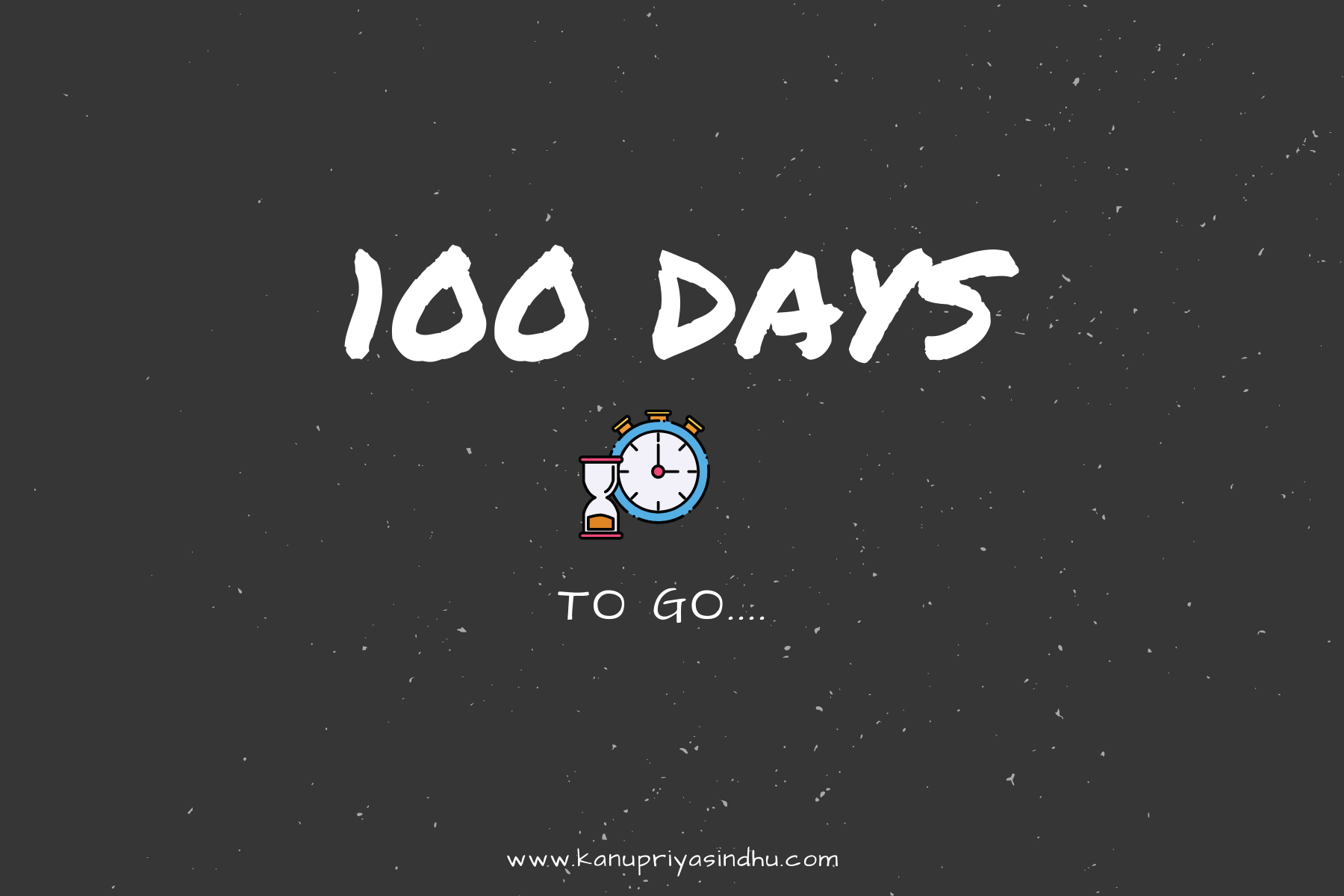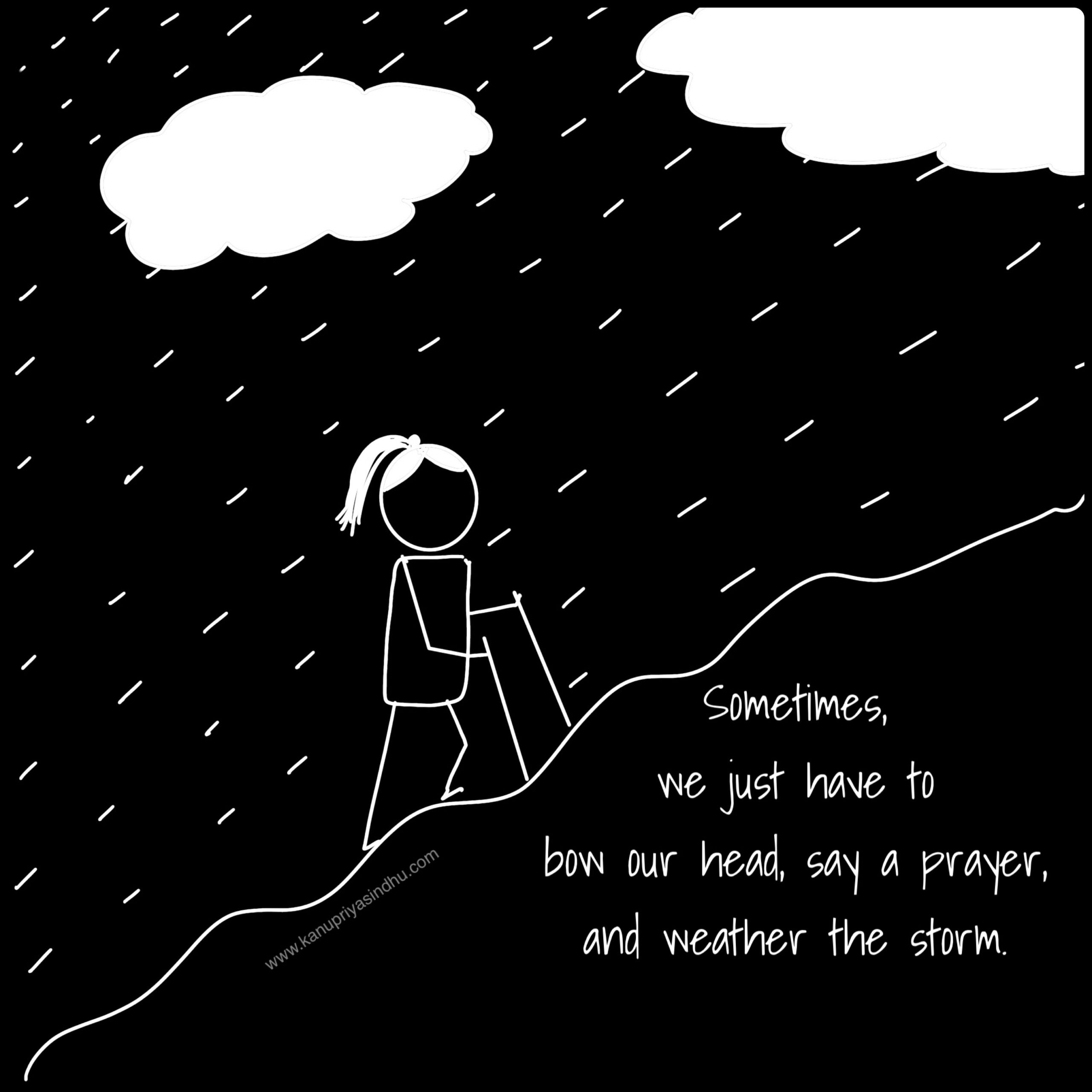Two consecutive calls with two close friends, who run small businesses of their own. They have very different product categories but are currently facing similar business challenges.
How to revive their business post-pandemic.
It’s been more than a year since the pandemic forced many businesses to scale back operations. It hasn’t been easy for small businesses to sail through this phase. Business owners are struggling to recover. In fact, about 53% of small business owners don’t expect to return to pre-Covid operations for at least the next six months.
Their struggle is for real. And they need to change. To adapt and pivot to the new market dynamics. But since they have invested so much in their existing system, somewhere they are hoping for the old business environment to be back.
Their wish is genuine but getting the old back seems unlikely in many scenarios. For e.g., one of these entrepreneurs runs a luxury fashion label, whose products can only be used for special occasions like weddings or festivals. Even though she is running super engaging digital campaigns, it’s highly unlikely that those will drive conversions right now. It’s neither her strategy nor the offers. But the timing. And her consumer sentiments. Which for the near future doesn’t seem to be upbeat.
Consumer behavior has changed post-pandemic.
As we adjust to the next normal, there is a significant variance in consumer’s sentiment and buying behavior across the globe. The intensity may vary from one country to another. But in general, there is a clear shift to value-based purchase and essentials categories now.
Post any crisis, there are different ways in which our behaviors may evolve. Some may go back to the pre-crisis state, some can change, and some disappear forever. As I mentioned in my earlier newsletter, I like the way Dev Patnaik, Michelle Loret, and Brady Bates bucketize this shift into 3 sections –
Sustained Behaviors. Transformed Behaviors. And Collapsed Behaviors.
Sustained behaviors are activities that are likely to return to their pre-crisis state virtually unchanged. For instance, people stopped staying in hotels in the months after 9/11, but that behavior eventually returned to pre-9/11 levels. Hoteliers just needed to find ways to hold on in the meantime.
I see the same happening with restaurants post COVID-19. I know some countries are still under lockdown. But if I see the general environment around me in Europe, people have gone back to eating out and fine dining experiences once restaurants opened up. And during the reopening transition post lockdown, restaurants have been offering more terrace spaces and open seating areas.
Transformed behaviors are activities that are likely to return after the crisis, albeit with fundamental changes. After 9/11, people stopped flying on planes. When they started flying again, the need for stricter security protocols at airports was clear. Airports began to make massive investments in security technology that they had been previously slow to make. This had a major positive effect on the businesses of security system manufacturers.
I see that happening with hygiene protocols at public places, and people adopting new products in their day-to-day lives like hand sanitizers while entering and exiting any store. It’s not a surprise that sanitizer sales went up by 600% last year. Similarly, there is an acceptance of many new categories due to transformed behaviors like telemedicine, online delivery services, virtual work, schooling, and more.
Collapsed behaviors are activities that are likely to cease altogether or be replaced by alternatives. After 9/11, travelers could no longer take beverages past the TSA checkpoint. If you owned a coffee shop outside of that point, all of a sudden, your customers just stopped buying their coffee or water as they arrived at the airport. Today, you won’t find as many beverage shops outside of TSA checkpoints.
I see collapsed behaviors for a fully physical office in many industry segments. I think hybrids will become the norm now. And a similar behavioral shift will happen for work travel, events, retail outlets, and more. Some of these categories will have to rethink their product offering and distribution strategy completely as the old won’t be back for them. Consumer sentiments for these categories reflect the new.
What would be sustained, transformed, or collapsed needs to be evaluated for every category. It might be a painful exercise but worth doing.
And post this evaluation, it’s time to think of a strategy to cope up with these changes. Not just an immediate strategy, but a future one too. I use the Now-Then-Later framework for this. This works for me for almost any kind of planning or roadmapping exercise.
Here is a simple table that I have created for some of my ongoing clients’ projects. The idea is to evaluate what behaviors will exist and what will go away. And what strategies we would need to deal with each.
| Behavioral Analysis and Predictions | Now (Adapt to the current situation by doing what’s in your control now) | Then (Plan for next six months assuming the impact of Pandemic will exist) | Later (Plan for a range of scenarios that may impact your business in next 2-3 years) | |
| Sustained Behavior (likely to return to pre-crisis stage) | ||||
| Transformed Behavior (likely to return to pre-crisis stage but with changes) | ||||
| Collapsed Behavior (likely to cease or replaced by different alternatives) |
This has been helpful for me, hope this helps you too. Some boxes may not be relevant or applicable for your category.
Takeaway –
“The secret of change is to focus all of your energy, not on fighting the old, but on building the new.”
Socrates
Post pandemic world is not going to be easy – neither for large businesses nor for small ones. However, we don’t have an option other than to accept the new consumer sentiments.
Hang in there, brighter days will be back soon.
P.S: I run a special series on Product Marketing & Growth for Small Businesses and Solopreneurs. If you would like to read or subscribe, you may find some of my posts here.





